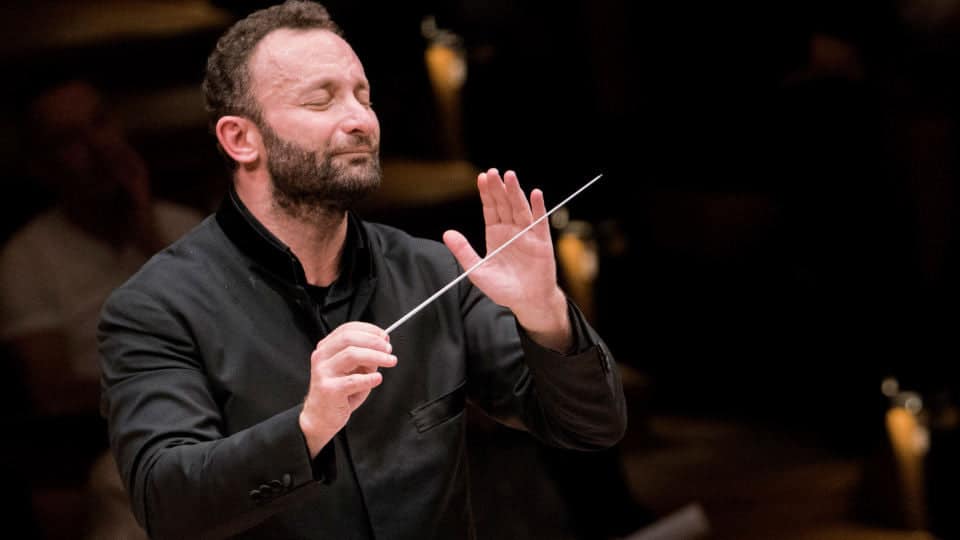Bang! Munich rejects Toyota sound
mainMunich has decided on an acoustician for its new concert hall and it’s not Yasuhisa Toyota, the fashionable sound desginer of LA’s Walt Disney Hall, Tokyo’s Suntory Hall and Hamburg’s Elbphilharmonie.
Munich has gone instead to Tateo Nakajima, principal at the British firm Arup, which has a strong presence in Germany.

Nakajima, a protégé of the late Russell Johnson who created the exemplary Birmingham and Lucerne halls, is seen as the anti-Toyota.
The decision is all the more surprising since the Bavarian Radio music director Mariss Jansons spoke up on behalf of Toyota, who has come under pressure lately from singers and auudiences over uneven sound dsitribution at the Elbphilharmonie.
This is a war worth watching.
Building work is scheduled to start in 2021.





“This is a war worth watching”…
War?? What kind of war???
I don’t get it.
Yasuhisa Toyota was wet behind the ears when in 1983–85 his firm, Minoru Nagata’s Nagata Acoustics, designed the sound for Suntory Hall.
www [dot] nagata.co.jp/e_sakuhin/concert_halls.html
To be clear, there are three new concert halls in various states of progress here in Munich, all mentioned in the article, with Toyota responsible for the latter two:
— Konzerthaus München (the main subject), for the BRSO chiefly;
— Gasteig “Interim” in distant Sendling, the temporary, supposedly wooden home for the MPhil from late 2020; and
— Der Neue Gasteig, for the MPhil from late 2025, at first intended as a necessary gutting (rebuild) of the awful, unconfigurable present Gasteig but now planned as yet another, sure-to-fail retrofit of that structure, the climb-down being justified politically in order to honor the “achievements” and 30-plus-year “history” of the venue.
I hope Nakajima-san continues his mentor’s penchant for producing shoebox halls with exceptional acoustical performance. Let’s also hope that there is no effort to increase the planned seating capacity beyond 1800, which is a very good size to produce excellent acoustics but several hundred seats short of a typical large concert hall. (This capacity in turn is several hundred seats larger than the Herkulessaal, which it is functionally replacing.) Increasing the seating capacity is what screwed up the acoustics of the original Philharmonic Hall in Lincoln Center.
I like how in the Munich hall’s official site (https://www.konzerthaus-muenchen.de) it is said that “The concert hall is to become an ideal performance space for execellent [sic] artists of classical music and other genres of high quality [Das Konzerthaus München soll ein idealer Aufführungsort für herausragende Künstler der klassischen Musik und anderer anspruchsvoller Genre werden . . . ].” Note the ‘Other genres of high quality’ — none of the one-hall-for-all pablum that is commonly dished out, most prominently in recent days in the description of the proposed new concert hall in London.
Toyota’s work is not without issue. His design of the new Zaryadye Hall in Moscow is pretty spectacular for the audience, but it is painfully clear that the orchestra can not hear the opposite side of the stage because the design concentrated on audience perspective and not on the crucial player’s perspective for good coordination.
Excellent concert hall acoustics were once possible in long and high narrow rectangular designs. All done through passing on traditions from generation to generation.
Computer algorithms can only produce things in theory when the natural progress of sound does not need so much micromanagement, in my opinion.